0 Comments
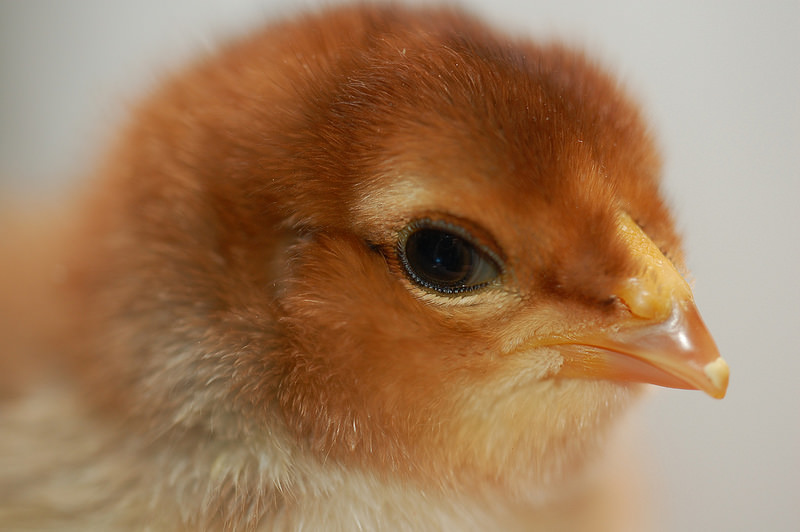 Do birds have teeth? That is in some ways a trick question. Birds do not have true teeth. But they are born with one special “egg tooth”. An egg tooth is a hard, tooth-like bump at the tip of the beak. The egg tooth is the baby bird’s escape tool, used to break out of the egg shell. It falls off shortly after hatching. 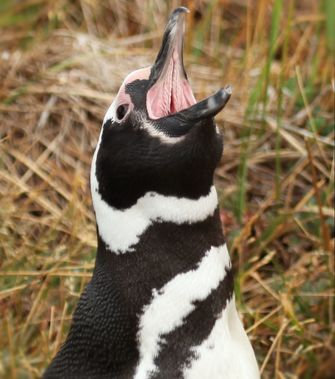 This penguin looks like it has teeth. But what it really has are fleshy bristles that help the bird to grasp and swallow slippery fish. 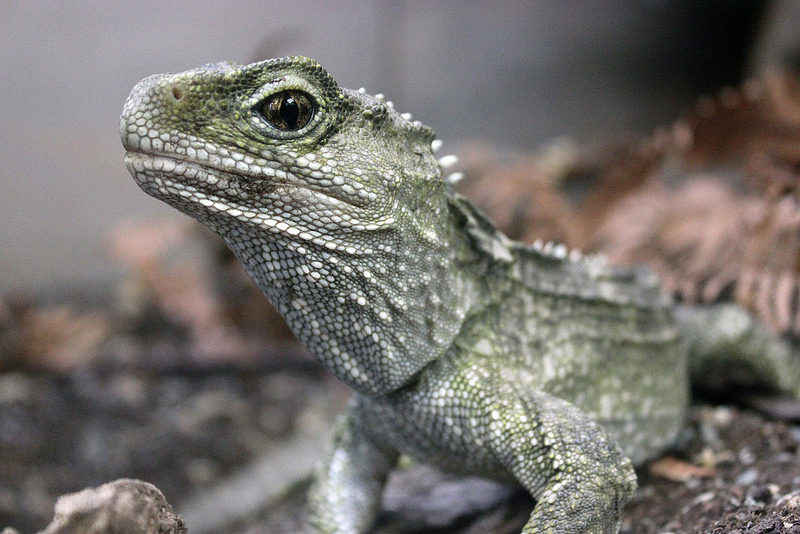 The tuatara is an endangered reptile that lives on the islands off the coast of New Zealand. It is the only living survivor of a group of creatures that lived in the days of the dinosaurs. Most carnivorous mammals have molar teeth for chewing food up before it’s swallowed. Most carnivorous reptiles gulp their food down without chewing it. But the tuatara is a reptile unlike any other. It is the only reptile on the planet with a unique set of teeth that it uses to chew prey before swallowing. When a tuatara closes its mouth, the single row of sharp-edged teeth on the lower jaw fit between the two rows on the top jaw. With this specialized set of teeth, they are able to eat a variety of food, shredding prey into smaller pieces before swallowing. Tuataras eat everything from beetles and crickets to small lizards and birds. 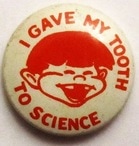 When I was in grade school, I was a member of the Operation Tooth project in St. Louis, MO. I signed a pledge to give my teeth to science and in return received a pin like this. photo from: St. Louis Post-Dispatch article, 08-01-2013 Hundreds of above-ground nuclear tests were conducted in Nevada in the 1950’s and the early 1960’s. The wind carried the radioactive fallout, including Strontium-90, across the country. It settled on the grass and in the water and was consumed by dairy cows. High levels of Strontium-90 then appeared in our milk supply. The St. Louis Baby Tooth Survey was done to determine just how much radiation children were absorbing. Strontium-90 settles in bone and teeth and shed teeth are easy to collect. A total of over 300,000 teeth were donated by children from 1959-1970. Early results of the study helped convince President Kennedy to sign a treaty banning above-ground nuclear tests. To learn more about Operation Tooth, visit the Smithsonian Institute’s blog post: The Tooth Fairy goes scientific. http://americanhistory.si.edu/blog/tooth-fairy-goes-scientific |
AuthorI'm Susan Grigsby, a writer and teacher. Learn more about my books at susangrigsby.com ArchivesCategories |
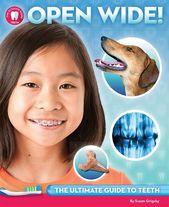


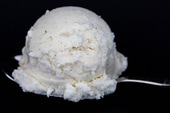
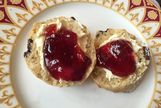
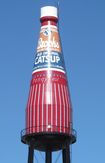
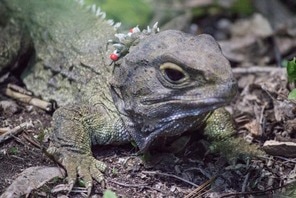
 RSS Feed
RSS Feed